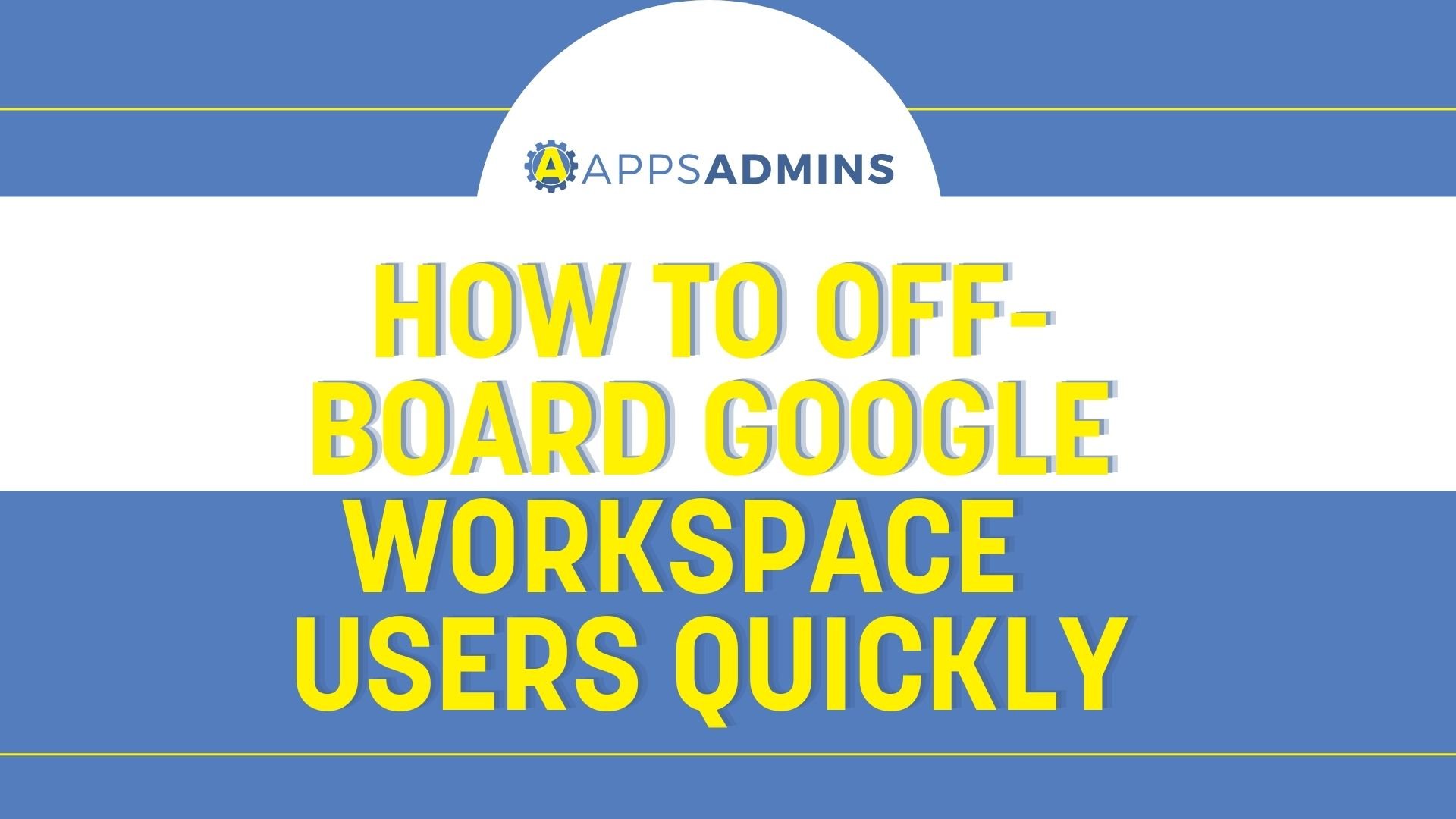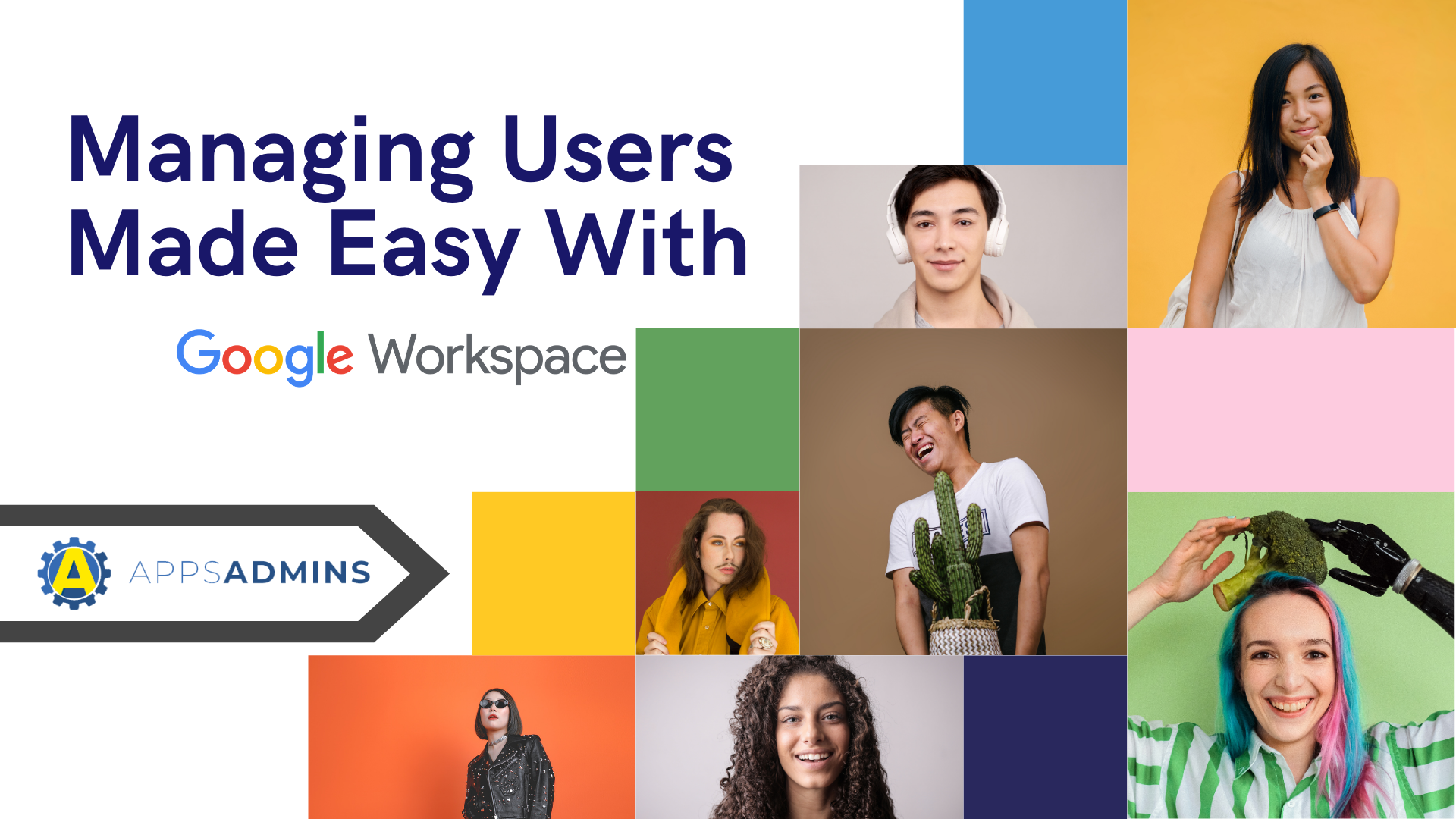G Suite Business Free for 30 Days
Sign up for a Free 30 Day Trial of G Suite Business and get Free Admin support from Google Certified Deployment Specialists.


We here at Coolhead Tech are huge supporters of cloud integration in IT and networking, but before we get into the benefits, what does "cloud integration" actually mean and what are the benefits?
Cloud integration uses an external, cloud infrastructure to enable integration between applications. They're also usually offered through the OPEX subscription model- that is, ongoing costs on a monthly/bimonthly basis. Cloud integration is the cloud version of systems integration- basically, bringing together everything that makes up a system and making it work, except with the cloud and cloud applications.
So what're the benefits of using cloud integration alongside business applications?
Let's get into it.
1. Saving Time Between Applications
Once you're making usage of a cloud-integrated system, you get to enjoy the benefits of applications working together with the power of the cloud. Since they're all working together, you don't need nearly as much gruntwork being done to, say, move contacts from one application to another.
A prominent example of this can be seen with Hubspot and Freshbooks. These two applications can work together so that once you get someone signed up in your Hubspot, you don't need to re-enter them into Freshbooks as a customer. This is one example among many- and also ties into the next point.
2. Sharing Information Between Applications and Departments
Thanks to the power of Hubspot, you can use the Hubspot Overview to go over a full timeline of your interactions with a particular contact. This information can also be exported to external applications, or your own files. Since Hubspot can take advantage of cloud integration, you'll be able to more easily put all the information you have on a contact into a single place, from where you're free to do anything you like with it.
All of this information being in one place makes it easier for multiple departments in your business to work together, too. While previously some information/communications history would be restricted on a department-by-department basis (especially in larger businesses, or multi-location businesses), all this information being stored in a single cloud application means it's easier for multiple teams to work from the same complete pool of information.
3. Automating Certain Processes
Tying back into the first point- to get an arrangement like Hubspot and Freshbooks working properly, you'll need to use an integration tool or perform a direct integration that automates certain tasks between applications. In that case, moving contact information from Hubspot to Freshbooks- but the applications of this can go much farther, depending on what kind of business you're running.
At Coolhead Tech, we recommend using Zapier, which can automate tasks between web applications. Say, Paypal and Freshbooks.
Watch Point: Integrations should be treated like any other business App - make sure you deploy an integration from a reliable source . Most integrations need to be re-authorized from time to time and should be monitored for errors and issues.
To learn more about watchpoints, cloud integration of business applications and more, check out our blog. If you'd like help rolling out or configuring services like Google Apps, Zapier or Hubspot, contact us for a consultation.
.jpg?width=818&name=appsadmins-svg-rules-1%20(2).jpg)







